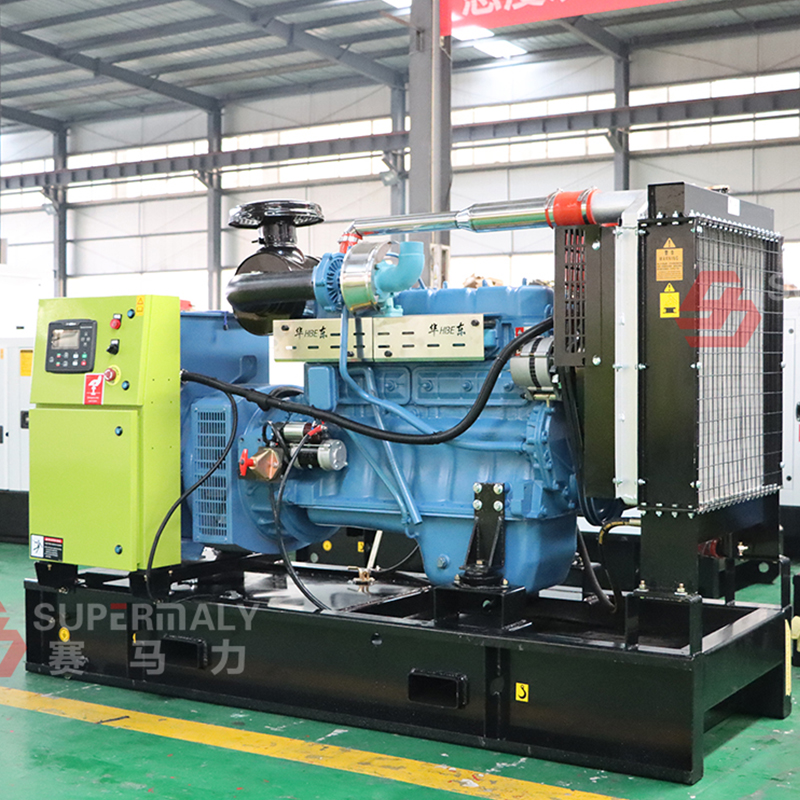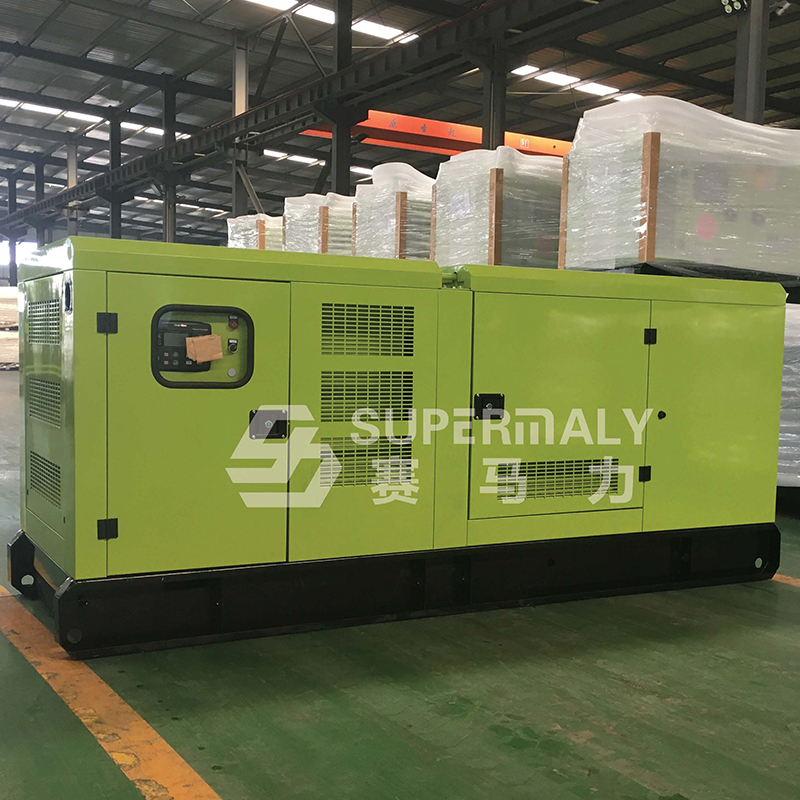Your Position:Home>News>Industry news>The hazards and professional recommendations of long-term low load operation of diesel generator sets
The hazards and professional recommendations of long-term low load operation of diesel generator sets
In the daily operation and maintenance of diesel generator sets, maintaining a suitable load rate is the key to ensuring long-term stable operation and extending the service life of the equipment. However, long-term low load operation (far below rated power) has become an easily overlooked but highly harmful "invisible killer". Professional research and operational practice have shown that continuous operation of diesel generator sets under low loads (especially below 30% -40% of rated power) or no-load conditions can cause a series of serious problems:

The significant hazards of low load operation of diesel generator sets:
1. Insufficient combustion and carbon deposition: Low cylinder temperature leads to poor fuel atomization and incomplete combustion, forming stubborn carbon deposits on the top of the piston, valves, fuel injectors, and cylinder liners, affecting sealing and heat dissipation.
2. Cylinder wear and "cold corrosion": Acidic substances produced by low-temperature combustion are prone to condense on colder cylinder walls, corroding cylinder liners and piston rings, exacerbating wear, and damaging cylinder sealing (which may lead to "cylinder pulling").
3. Oil dilution and lubrication failure: Unburned diesel seeps into the crankcase along the cylinder wall, diluting the oil and reducing its lubrication, cleaning, and cooling performance, accelerating the wear of moving parts such as bearings and camshafts.
4. Leakage of turbocharger oil seal: Insufficient exhaust energy at low loads, low turbocharger speed, and low boost pressure can easily lead to poor sealing of the oil seal at the bearing, causing oil leakage into the intake/exhaust pipe or combustion chamber (emitting blue smoke).
5. Shortening the overhaul cycle and increasing costs: Taking into account the above factors, long-term low load operation will significantly shorten the overhaul cycle of the unit, increase unplanned downtime and maintenance costs, and reduce overall economic benefits.

Professional operation and maintenance suggestions:
Maintain a reasonable load: It is strongly recommended that the operating load should be maintained at 40% -70% of the rated power or above, avoiding long-term (such as more than 10 minutes) no-load or extremely low load (<25% rated power) operation.
Utilizing preheating technology: For automated units, a cylinder liner water/oil preheating device (maintaining the coolant temperature at around 80 ℃) is equipped to ensure that the ideal working temperature is quickly reached after rapid start-up, reducing cold running time.
Standardized start stop operation: Before stopping, it is necessary to gradually unload and idle for 3-5 minutes to cool down, in order to avoid the impact of emergency stop with load on the unit. After startup, it should be loaded to the appropriate range as soon as possible.
- Strong | The 125th Canton Fair ended successfully, and high-end customers chose it here!
- New arrivals, full of rewards! Supermaly cippe2019 oil show ended successfully!
- Supermaly | Helping the construction of the “Belt and Road” and opening up a new pattern of “going out”
- The difference between gas generator sets and diesel generator sets
- Small class of knowledge | The greater the load on the diesel generator set, the higher the fuel consumption?
- Supermaly reminds you to pay attention to the following items when using diesel generator sets in summer
- Why the generator set pull the cylinder and the characteristics of the cylinder after the pull
- Reasons for Black Smoke in Diesel Generating Set
- How to avoid some of the risks during the installation of diesel generators
- Maintenance and service about diesel generators and gas generators
- The four roles of diesel generator sets
- Matters choose diesel generator sets to note
 Chinese
Chinese  English
English  Russian
Russian  Spain
Spain 

